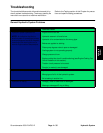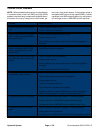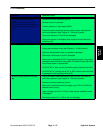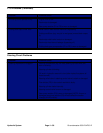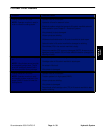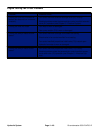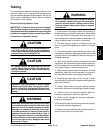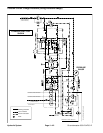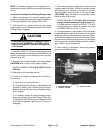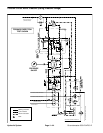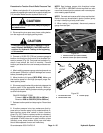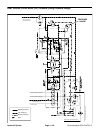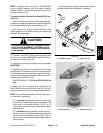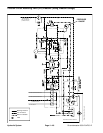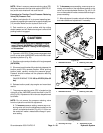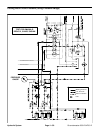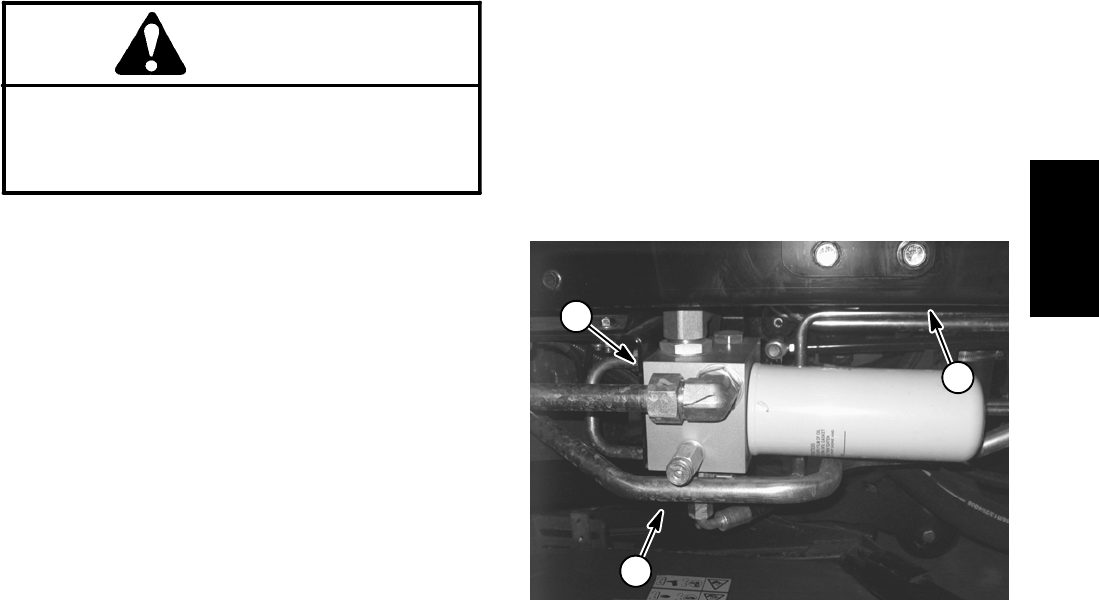
Groundsmaster 4500--D/4700--D Hydraulic SystemPage 4 -- 43
NOTE: The traction charge circuit is designed to re-
place loss ofhydraulic fluid from the closedloop traction
circuit.
ProcedureforTractionCircuitChargePressureTest
1. Make sure hydraulic oil is at normal operating tem-
peraturebyoperatingthemachineforapproximatelyten
(10) minutes. Make sure the hydraulic tank is full.
2. Park machine on a level surface with the cutting
decks lowered and off. Make sure engine is off and the
parking brake is engaged.
CAUTION
Prevent personal injury and/or damage to equip-
ment. Read all WARNINGS, CAUTIONS and Pre-
cautions for Hydraulic Testing at the beginning
of this section.
3. Connect a 1000 PSI (70 bar) pressure gauge onto
charge pressuretest port Glocated on thebottom of the
filtration and charge control manifold under right side
frame rail (Fig. 33).
4. Start the engine and put throttle at full engine speed
(2870 RPM) with no load on the hydraulic system.
GAUGEREADINGTOBE210 to 300 PSI (14.5 to
20.6 bar)
5. Stop engine and record test results.
6. If there is no pressure or pressure is low, check for
the following:
A. Restriction in pump intake line.
B. Chargerelief valve infiltration and chargecontrol
manifold is leaking (see Filtration/Charge Control
Manifold Service in the Service and Repairs section
of this chapter).
C. If necessary, c heck for internal damage or worn
parts ingear pump P3 (seeGear Pump P3Flow Test
inthis section).NOTE: Steeringandlift/lower circuits
would also be affected if gear pump P3 is worn or
damaged.
7. Also, with the pressure gauge still connected to the
charge pressure test port, monitor the gauge reading
while operating the machine in forward and reverse.
Start the engine and put throttle at full engine speed
(2870 RPM). Apply the brakes and push the traction
pedal forward, then reverse.
GAUGE READING TO BE within 20% of no--load
charge pressure measured in step 4 above (e.g.
if charge pressure in step 4 is 250 PSI (17.2 bar),
charge pressure in forward or reverse should be
from 200 to 250 PSI (13.8 to 17.2 bar)
8. If charge pressure is good under no load, but drops
below specification when under tractionload, the piston
(traction) pump,front wheelmotors and/orrear axlemo-
tor should be suspected of wear and inefficiency. When
thepumpand/or tractionmotor(s)are wornordamaged,
thechargepumpisnotabletokeep upwithinternalleak-
age in traction circuit components.
9. When testing is completed, disconnect pressure
gauge from manifold test port.
1. Right side frame rail
2. Filtration manifold
3. Test port location
Figure 33
1
2
3
Hydraulic
System



